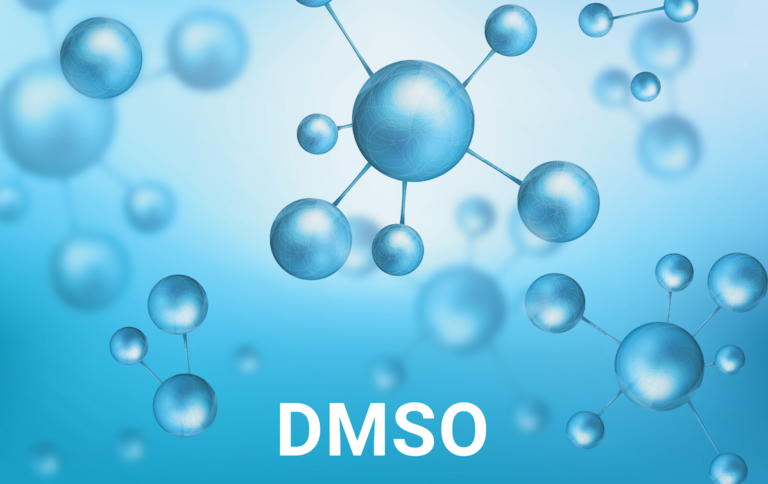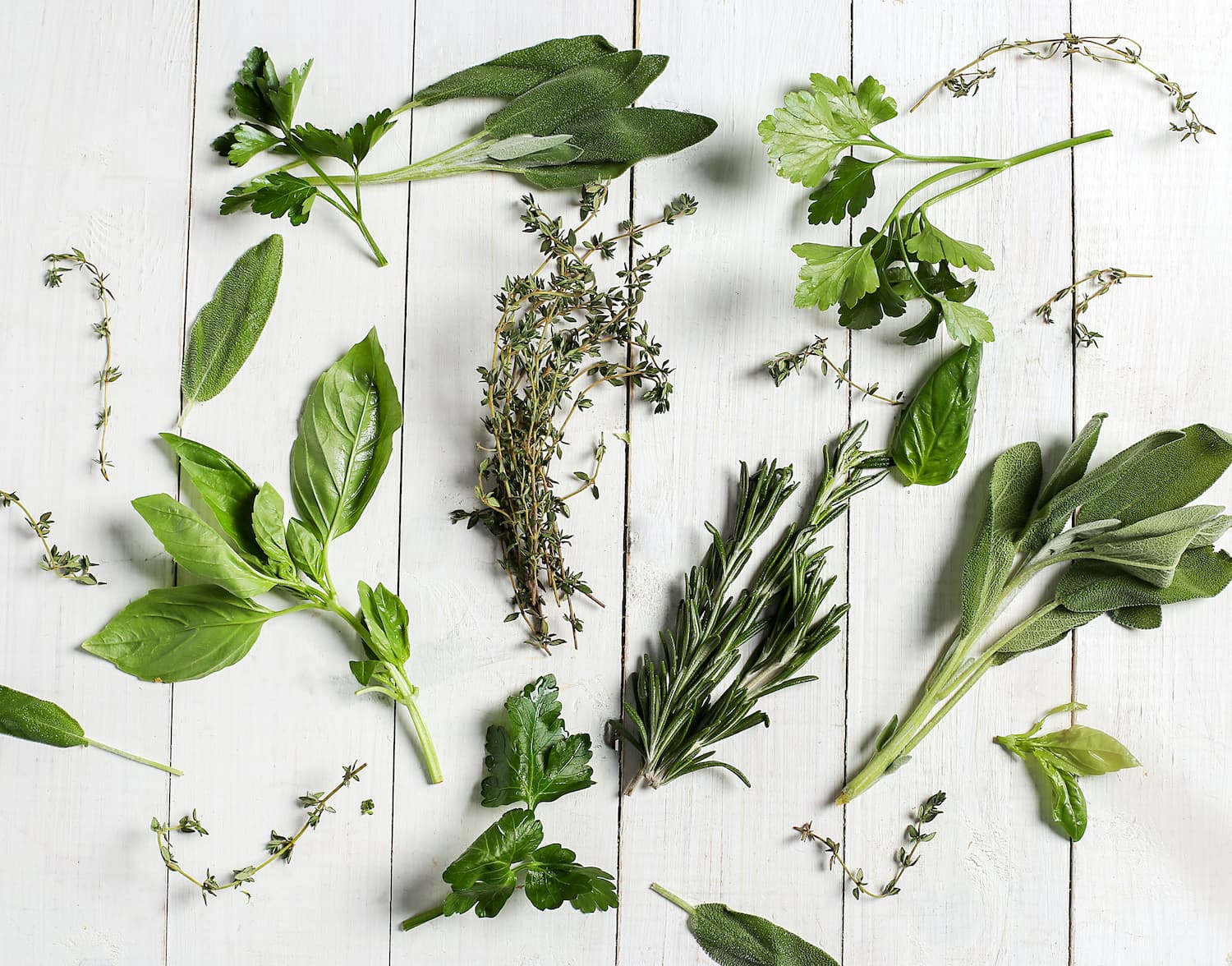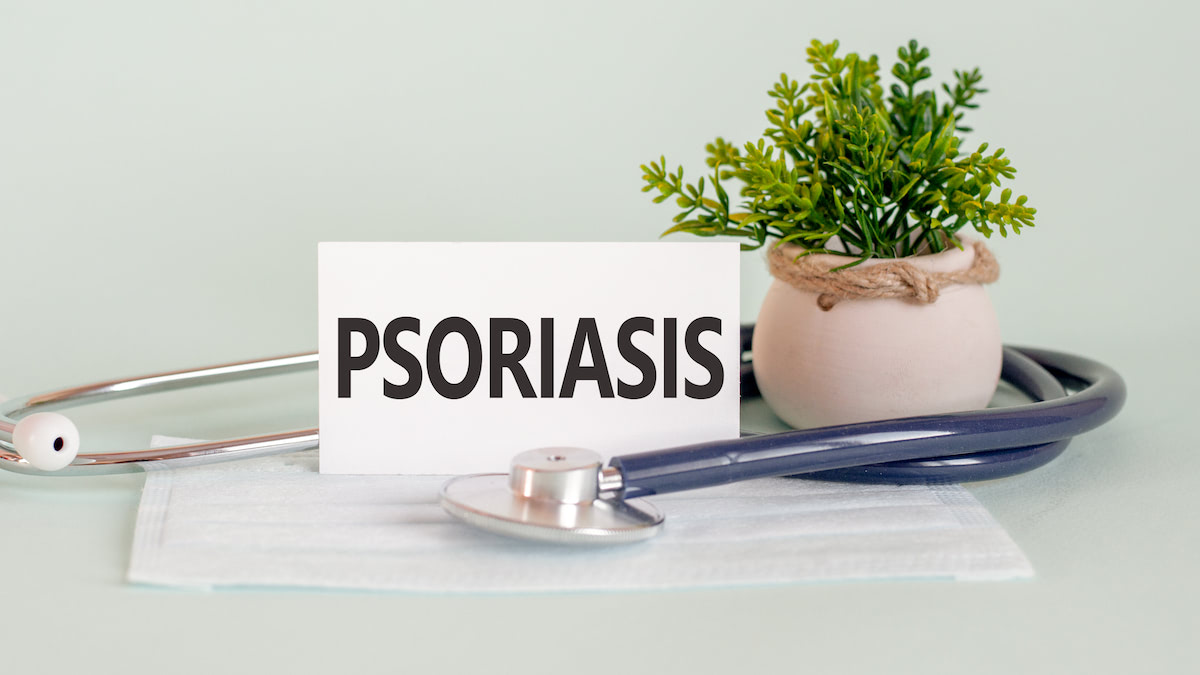Updated on 15. November 2021 from ÁYIO-Q Redaktion
Reading time: approx. 5 minutes
Daily requirement of micronutrients associated with allergies
As a comprehensive research study of the Federal Ministry of Food, Agriculture and Consumer Protection (Max Rubner Institute) from 2008 proves, many Germans do not reach the recommended D-A-CH reference values. These values refer to the daily necessary intake of vitamins and minerals in the context of a healthy, balanced diet. D-A-CH stands for the countries Germany, Austria and Switzerland where these reference values apply.1
Accordingly, a large proportion of adults and adolescents have an undersupply of essential micronutrients. The following table provides information on the percentage of women and men in Germany who do not consume the required daily amount of vitamins and minerals.2
| Micronutrient | Women from 19 | Women 14 to 18 | Men from 19 | Men 14 to 18 |
| vitamin A | 10 % | 25 % | 15 % | 29 % |
| vitamin C | 29 % | 29 % | 32 % | 31 % |
| vitamin D | 91 % | 97 % | 82 % | 91 % |
| vitamin E | 49 % | 43 % | 48 % | 42 % |
| Zinc | 21 % | 28 % | 32 % | 29 % |
| Magnesium | 29 % | 56 % | 26 % | 42 % |
| Calcium | 55 % | 74 % | 46 % | 51 % |
Only those micronutrients are considered that play a significant role in allergic reactions. We will first show what task these vitamins and minerals perform in our organism. We then go into helpful herbal agents for allergy sufferers.
Allergy and vitamin deficiency
In recent years, scientists have succeeded in elucidating the central function of vitamin D in the body’s own defencesystem. As a hormone, the biologically active form of vitamin D3 regulates numerous genes of essential components of the innate and acquired immune system. In addition, the vital micronutrient protects our beneficial gut bacteria, promotes intestinal health, and inhibits the production of the allergy trigger IgE. Several studies suggest a link between the widespread deficiency of vitamin D and the epidemic increase in allergic diseases.3-5
Among other things, vitamin A ensures the formation of intact mucosal surfaces. If there is an undersupply, the mucous membrane has defects, so that allergy-causing substances enter the body. Recent research indicates a link between vitamin A deficiency and the occurrence of allergic symptoms.6
Oxidative stress is one of the major factors in the development and progression of allergic reactions. Biochemists use this term to describe the formation of large amounts of free radicals, which damage our genetic material (DNA), cell membranes and other structures in the body. With vitamins C and E, the immune system uses two vital antioxidants to neutralize free radicals. Since the human body cannot produce them itself, unlike vitamin D, we need to get both vitamins from food.7
According to recent research, the concentrations of vitamin C and vitamin E in the blood of allergy sufferers are much lower than in healthy individuals. In a double-blind, placebo-controlled study, infusions of high-dose vitamin C significantly relieved allergy-related symptoms.8,9
The role of minerals in allergies
Calcium, zinc and magnesium ions perform essential roles in our body’s acquired and innate immune response. As so-called second messengers, they regulate the transmission of signals within the immune cells. In other words, without adequate amounts of magnesium, zinc, and calcium, the immune system may malfunction.10
Recent research has addressed the question of whether allergy sufferers have deficiencies in these key minerals. In fact, patients with atopic dermatitis and food allergies have a significant undersupply of zinc, magnesium and calcium. The authors therefore recommend further studies investigating the benefits of supplementing with these essential minerals.11-13
The mineral selenium is a vital trace element that plays an important role in the control of defence reactions. Our immune system is therefore dependent on a sufficient supply through food. A deficiency of selenium causes disturbances in the regulation of the immune response, which can trigger inflammation and allergic reactions.14
Proven herbs and medicinal plants for the treatment of hay fever
For the treatment of pollen allergy doctors regularly use antihistamines. Since these drugs often lead to undesirable side effects such as fatigue, dizziness, lightheadedness and a reduced ability to react, scientists have been searching for suitable alternatives for decades. A 2016 review concludes that black cumin (Nigella sativa) can effectively relieve hay fever symptoms. On the one hand, the natural product has anti-inflammatory properties. Secondly, black seed acts in a similar way to an antihistamine.15
The medicinal plant from the buttercup family is mostly used in the form of black cumin oil, which manufacturers extract from the ripe seeds by cold pressing. In a placebo-controlled double-blind study with a total of 68 participants, a group of researchers from Iraq was able to prove the effect of the oil. Half of the subjects received nasal drops made from pure black seed oil. In the placebo group, the allergy sufferers dripped an ordinary cooking oil without active ingredient into their noses. After six weeks, hay fever symptoms improved in 92 percent of black seed oil users. The majority of them were completely asymptomatic.16
Butterbur (Petasites hybridus), native to Europe, has also been shown to be effective for alternative hay fever treatment.17 The medicinal plant is apparently just as effective against the symptoms of pollen allergy as the antihistamine cetirizine. We owe this finding to a placebo-controlled double-blind study conducted in 2002 in four general medical and allergology outpatient clinics in Switzerland and Germany. According to participating physicians, the use of butterbur should be considered for hay fever to avoid the side effects of antihistamines.18
Related articles: Allergy and hay fever
- Allergy and hay fever – disease development and treatment options
- What role does our mind play in hay fever and allergy?
Sources:
[1] Reference values for nutrient intake, at https://www.dge.de, Access date 20.06.2021
[2] Max Rubner Institute. Result Report Part 2 National Consumption Study II. Page 245-264.
[3] Mailhot G, White JH. Vitamin D and Immunity in Infants and Children. Nutrients. 2020 Apr 27;12(5):1233.
[4] Matsui T et al. Food allergy is linked to season of birth, sun exposure, and vitamin D deficiency. Allergol Int. 2019 Apr;68(2):172-177.
[5] Douros K et al. Does Vitamin D Deficiency Epidemic Parallel with Allergy and Asthma Epidemic? Mini Rev Med Chem. 2015;15(12):967-73.
[6] Hufnagl K, Jensen-Jarolim E. Does a carrot a day keep the allergy away? Immunol Lett. 2019 Feb;206:54-58.
[7] Shaik-Dasthagirisaheb YB et al. Role of vitamins D, E and C in immunity and inflammation. J Biol Regul Homeost Agents. Apr-Jun 2013;27(2):291-5.
[8] Vollbracht C et al. Intravenous vitamin C in the treatment of allergies: an interim subgroup analysis of a long-term observational study. J Int Med Res. 2018 Sep;46(9):3640-3655.
[9] Wang SY et al. Serum level and clinical significance of vitamin E in children with allergic rhinitis. BMC Pediatr. 2020 Jul 31;20(1):362.
[10] Feske S et al. Ion channels in innate and adaptive immunity. Annu Rev Immunol. 2015;33:291-353.
[11] Gray NA et al. Investigating hair zinc concentrations in children with and without atopic dermatitis. S Afr Med J. 2020 Apr 29;110(5):409-415.
[12] Błach J et al. Magnesium in skin allergy. Postepy Hig Med Dosw (Online). 2007 Oct 8;61:548-54.
[13] Hildebrand H et al. Calcium Intake in Children with Eczema and/or Food Allergy: A Prospective Cohort Study. Nutrients. 2019 Dec 12;11(12):3039.
[14] Avery JC, Hoffmann PR. Selenium, Selenoproteins, and Immunity. Nutrients. 2018 Sep 1;10(9):1203.
[15] Ipci K et al. Alternative products to treat allergic rhinitis and alternative routes for allergy immunotherapy. Am J Rhinol Allergy. 2016 Sep 1;30(5):8-10.
[16] Alsamarai AM et al. Evaluation of topical black seed oil in the treatment of allergic rhinitis. Antiinflamm Antiallergy Agents Med Chem. 2014 Mar;13(1):75-82.
[17] Wu AW et al. Alternative therapies for sinusitis and rhinitis: a systematic review utilizing a modified Delphi method. Int Forum Allergy Rhinol. 2020 Apr;10(4):496-504.
[18] Schapowal A. Randomised controlled trial of butterbur and cetirizine for treating seasonal allergic rhinitis. BMJ. 2002 Jan 19;324(7330):144-6.















